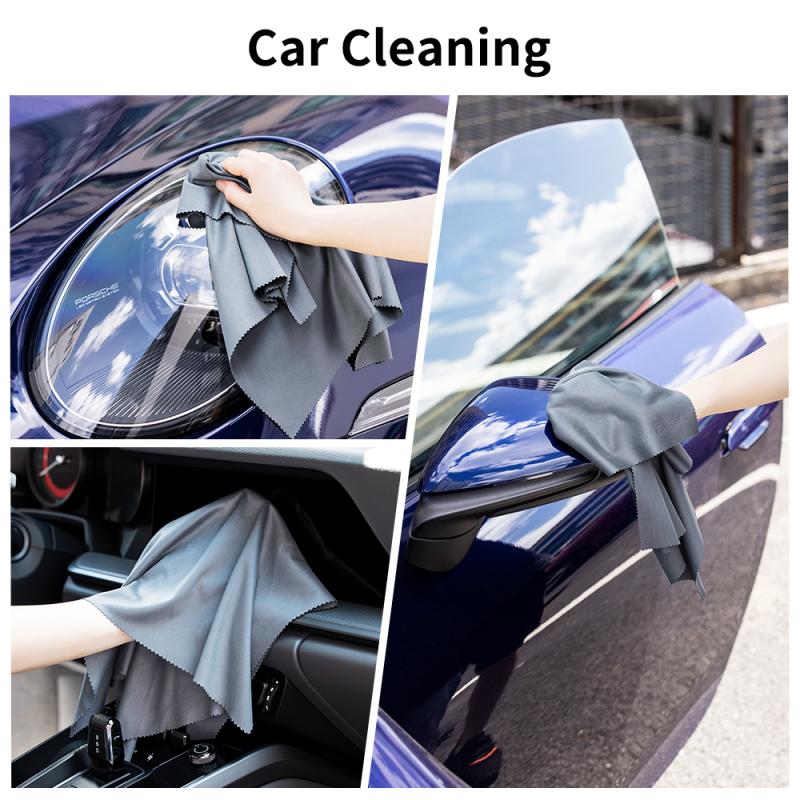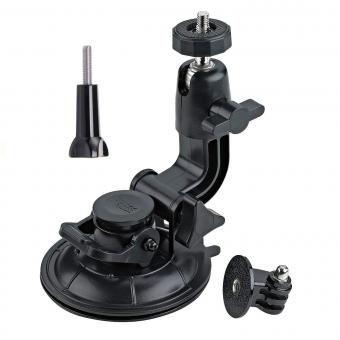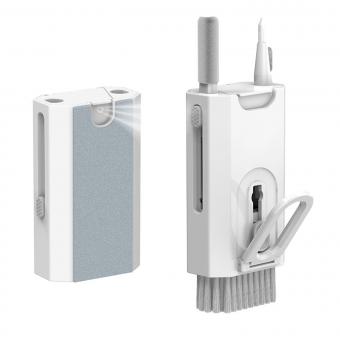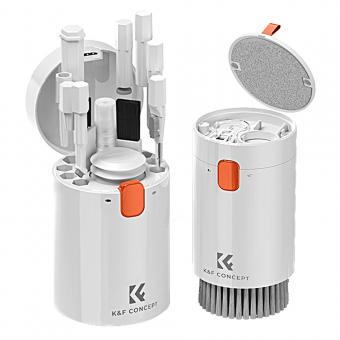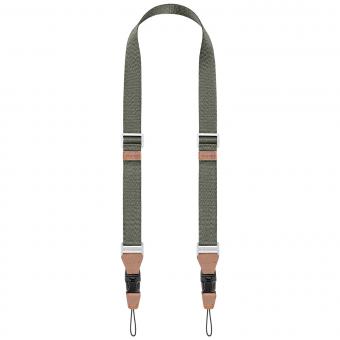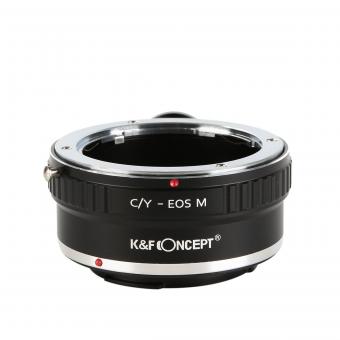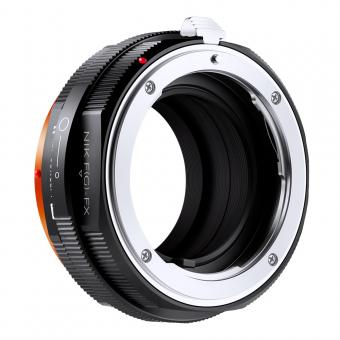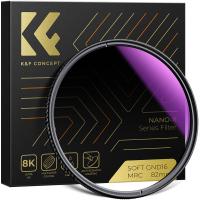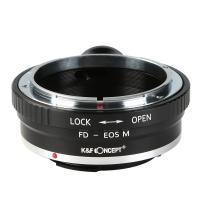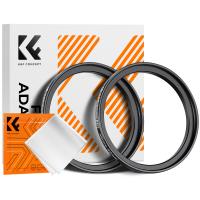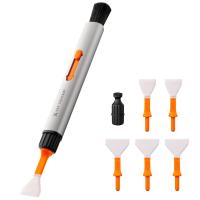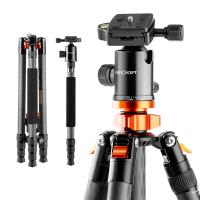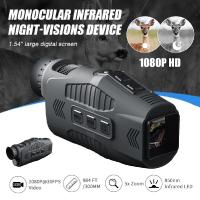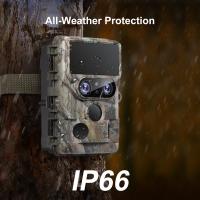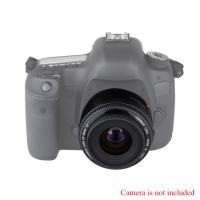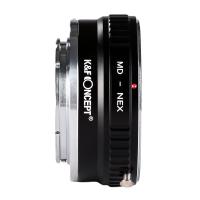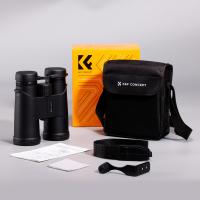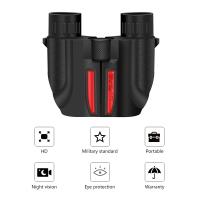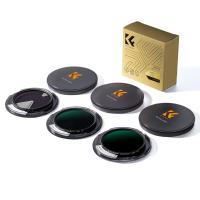How To Clean Electronics ?
Cleaning electronics requires a gentle touch and the right tools. Start by turning off and unplugging the device. Use a soft, lint-free cloth to wipe down the exterior and remove any dust or debris. For tougher grime, dampen the cloth with a small amount of water or rubbing alcohol. Avoid using harsh chemicals or abrasive materials that could scratch or damage the surface.
For keyboards and other peripherals, use compressed air to blow out any dust or debris from between the keys. You can also use a small brush or cotton swab dipped in rubbing alcohol to clean the keys and other hard-to-reach areas.
When cleaning screens, use a microfiber cloth to gently wipe away fingerprints and smudges. Avoid using paper towels or other rough materials that could scratch the surface. If necessary, you can use a small amount of water or screen cleaner specifically designed for electronics.
Overall, the key to cleaning electronics is to be gentle and avoid using anything that could damage the device.
1、 Dusting and wiping screens
How to clean electronics? Dusting and wiping screens are the most common ways to clean electronics. However, it is important to use the right tools and techniques to avoid damaging your devices.
To dust electronics, use a soft, dry cloth or a microfiber cloth. Avoid using paper towels or rough fabrics that can scratch the surface. Gently wipe the surface of the device to remove any dust or debris.
For screens, use a screen cleaning solution and a microfiber cloth. Spray the solution onto the cloth, not directly onto the screen, and wipe the screen in a circular motion. Avoid using harsh chemicals or abrasive materials that can damage the screen.
It is also important to clean the ports and connectors of your electronics. Use a can of compressed air to blow out any dust or debris from the ports. For connectors, use a cotton swab dipped in rubbing alcohol to gently clean the contacts.
In addition to these traditional cleaning methods, there are also new technologies available for cleaning electronics. UV-C light sanitizers can kill bacteria and viruses on the surface of your devices, while electrostatic sprayers can apply a fine mist of disinfectant to hard-to-reach areas.
Overall, keeping your electronics clean is important for their longevity and performance. By using the right tools and techniques, you can ensure that your devices stay in top condition for years to come.
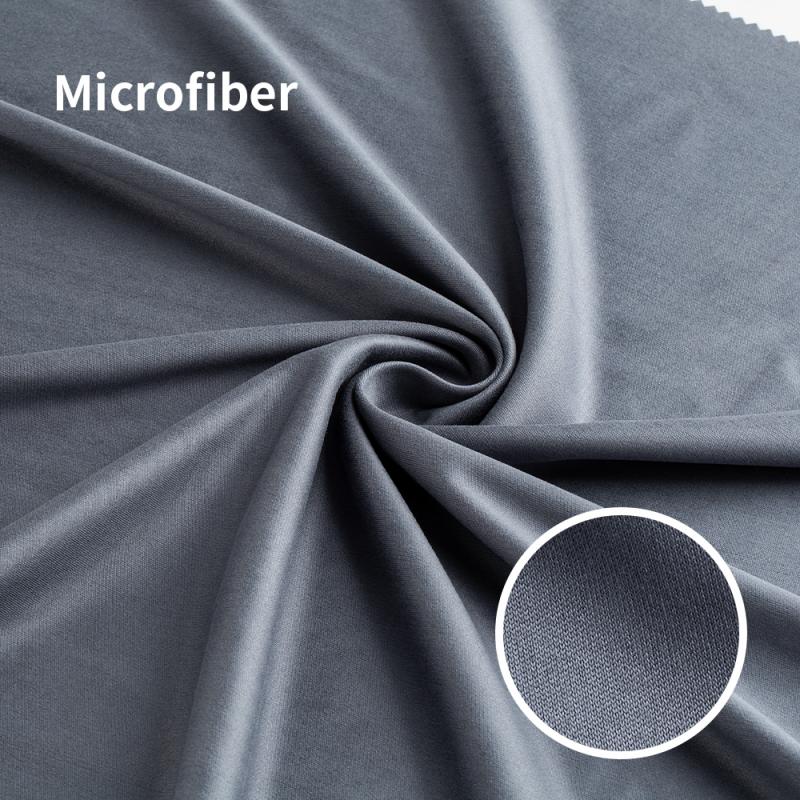
2、 Cleaning keyboards and mice
Cleaning keyboards and mice is an essential task to maintain the hygiene and longevity of your electronic devices. Here's how to clean electronics:
1. Turn off your keyboard and mouse before cleaning them. This will prevent any damage to the devices and ensure your safety.
2. Use a soft, dry cloth to wipe down the surface of the keyboard and mouse. This will remove any dust or debris that has accumulated on the surface.
3. For more stubborn dirt or grime, use a damp cloth with a small amount of rubbing alcohol or a specialized electronic cleaning solution. Be sure to wring out the cloth thoroughly before using it on the devices.
4. Use a can of compressed air to blow out any debris that may be stuck in between the keys of the keyboard. This will help to prevent any damage to the keys or the device itself.
5. For mice with removable tracking balls, remove the ball and clean it with a damp cloth. Be sure to dry it thoroughly before reinserting it into the mouse.
6. Finally, allow the devices to dry completely before turning them back on.
It's important to note that with the current COVID-19 pandemic, it's recommended to clean your electronics more frequently than usual to prevent the spread of germs. Be sure to follow the manufacturer's instructions and use appropriate cleaning solutions to avoid damaging your devices.
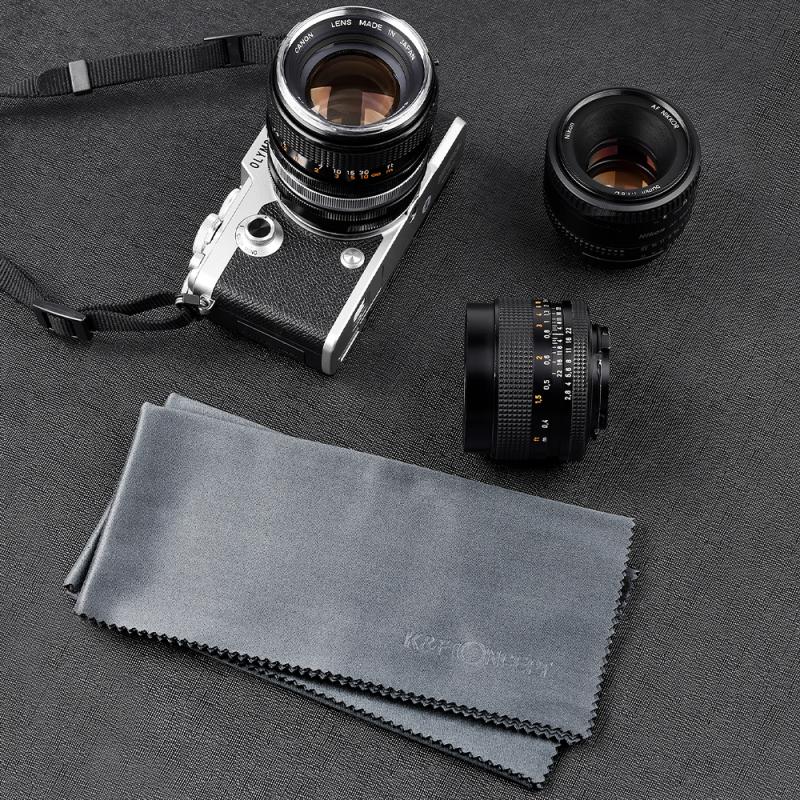
3、 Removing dirt from ports and connectors
How to clean electronics is an important question for anyone who wants to keep their devices in good working condition. One of the most common issues with electronics is the accumulation of dirt and dust in ports and connectors. This can cause connectivity issues and even damage the device if left unchecked.
To remove dirt from ports and connectors, the first step is to turn off the device and unplug it from any power source. Then, use a soft-bristled brush or a can of compressed air to gently remove any visible dirt or debris. Be careful not to use too much force or to touch any of the delicate components inside the port or connector.
If the dirt is stubborn and won't come out with a brush or compressed air, you can try using a cotton swab dipped in rubbing alcohol. This can help dissolve any grime or buildup that may be stuck inside the port or connector. Again, be gentle and avoid touching any of the sensitive components.
It's important to note that different types of electronics may require different cleaning methods. For example, smartphones and tablets may have different ports and connectors than laptops or desktop computers. Always consult the manufacturer's instructions or do some research before attempting to clean any electronics.
In the current COVID-19 pandemic, it's also important to sanitize your electronics regularly. You can use disinfectant wipes or a solution of 70% isopropyl alcohol to clean the surfaces of your devices. However, be careful not to get any liquid inside the ports or connectors, as this can cause damage.
Overall, keeping your electronics clean and free of dirt and debris is an important part of maintaining their longevity and performance. By following these tips and taking care when cleaning your devices, you can ensure that they continue to work properly for years to come.
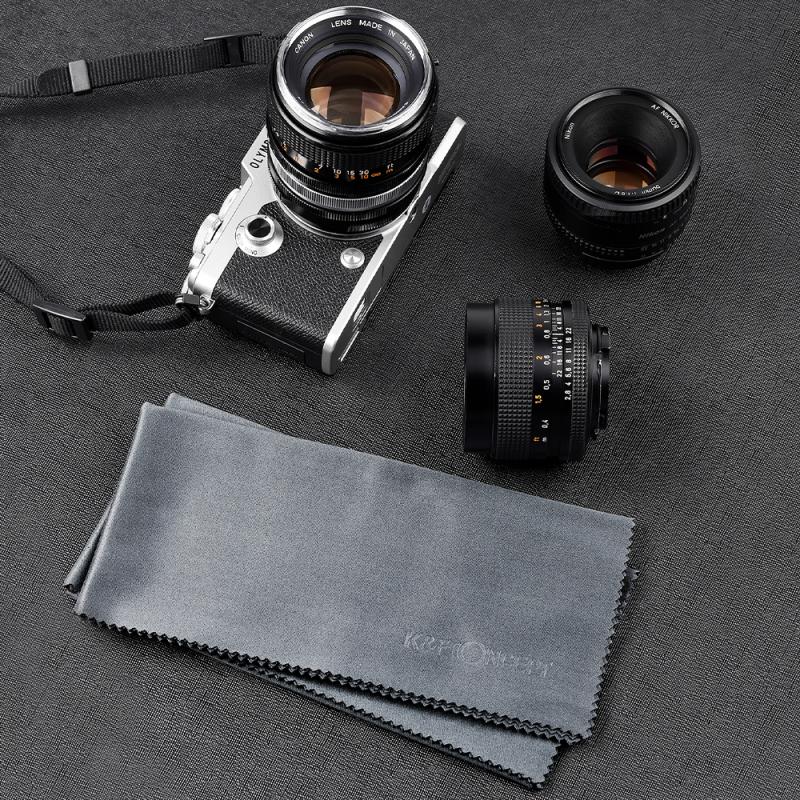
4、 Disinfecting surfaces with alcohol wipes
Disinfecting surfaces with alcohol wipes is a great way to clean electronics, especially during the COVID-19 pandemic. It is important to keep our electronics clean and free from germs, as they are frequently touched and can easily spread bacteria and viruses.
To clean electronics with alcohol wipes, first, turn off the device and unplug it from the power source. Then, use a soft, lint-free cloth to wipe away any dust or debris from the surface of the device. Next, take an alcohol wipe and gently wipe down the surface of the device, being careful not to get any liquid inside any openings or ports. Allow the device to air dry completely before turning it back on or plugging it back in.
It is important to note that not all electronics can be cleaned with alcohol wipes. Some devices, such as touch screens, may be sensitive to alcohol and can be damaged by it. In these cases, it is best to use a specialized cleaning solution designed for that specific device.
Additionally, it is important to follow the manufacturer's instructions for cleaning and disinfecting your electronics. Some manufacturers may have specific guidelines or recommendations for cleaning their products.
Overall, disinfecting surfaces with alcohol wipes is a great way to keep your electronics clean and free from germs. However, it is important to use caution and follow the appropriate guidelines to avoid damaging your devices.
